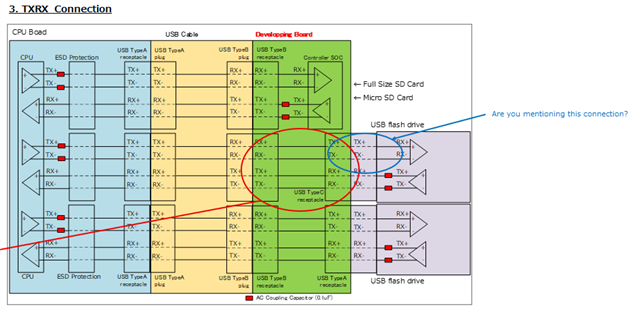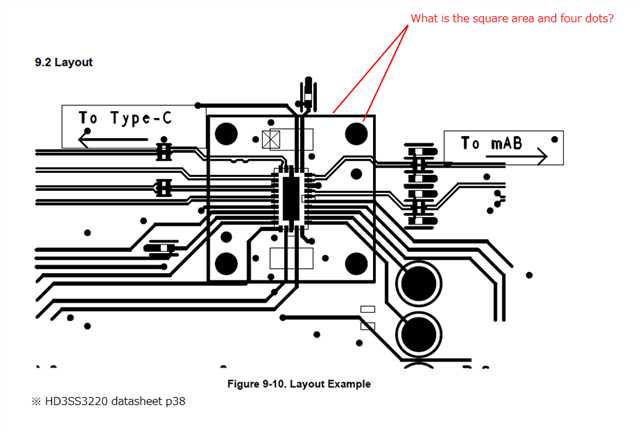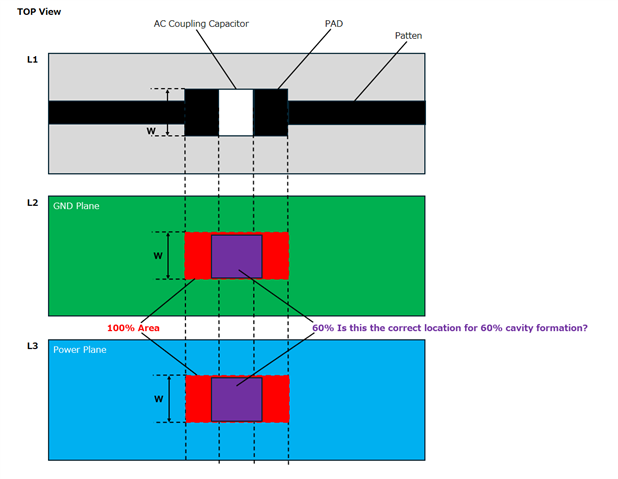Other Parts Discussed in Thread: 3220DFP-DGLEVM, TPS25910, TUSB211A, TUSB211, CSD17313Q2, TPD1E05U06
Tool/software:
Dear Specialists,
My customer is considering HD3SS3220 and has a request of schematic review.
Could you please review the attached Excel file and provide your advice.
If you need an additional information, could you please let me know.

I appreciate your great help in advance.
Best regards,
Shinichi








